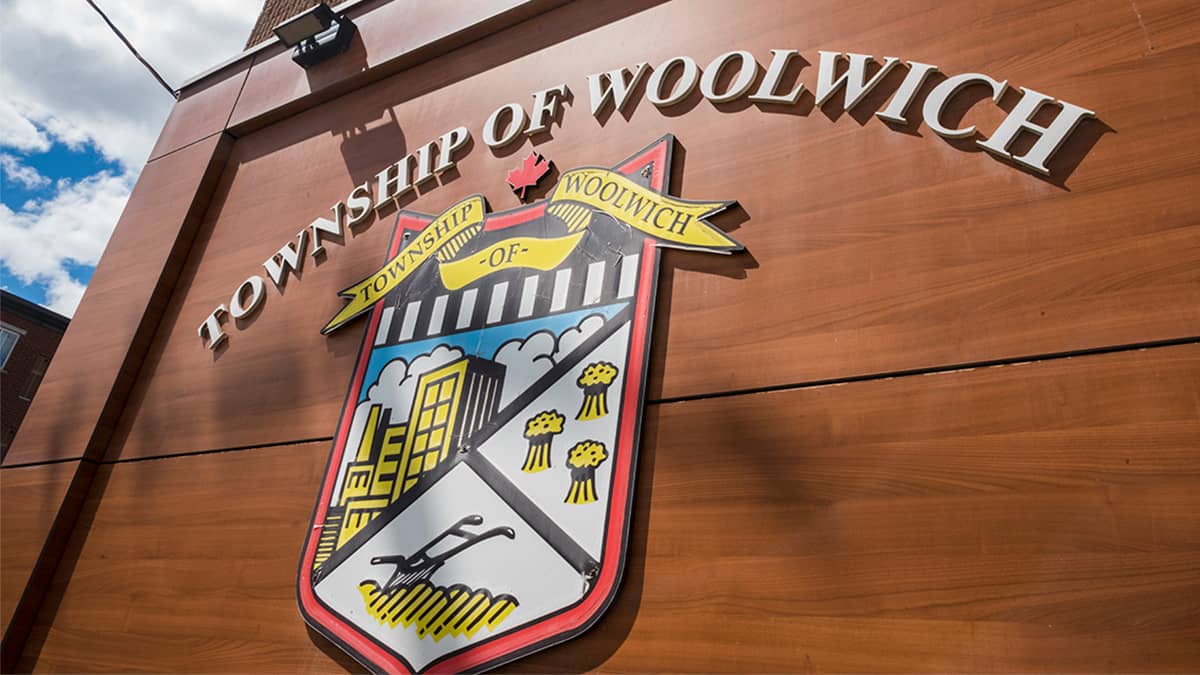Even as the Region of Waterloo seeks final input on two options for restoring the historic covered bridge, the West Montrose Residents Association is looking for an alternative.
Both of the concepts proposed by the region would involve using materials not original to the 140-year structure, with residents looking for something more in keeping with the heritage aspect.
“Engage Waterloo Region has presented two alternatives. We’re not yet thrilled with either one of those. We don’t think they’re ideal,” said association spokesperson Tony Dowling, referring to the region’s online portal for feedback.
“ I think there’s analysis of the bridge required before they decide on either alternative.”
A series of studies conducted by the region found that the dead load (weight of the bridge itself) and live loads (weight of vehicles, pedestrians etc.), are being carried by both the original wooden truss and the steel bailey trusses. However, because of the aging nature of the wood trusses they are transferring load to the Bailey trusses, which in turn do not have sufficient capacity to carry the entire load of the bridge.
Because the Bailey trusses are now 78 years old, they cannot be readily retrofitted to a be strong enough to carry the entire load of the bridge, the region maintains, indicating that even if the bridge was restricted to foot traffic it would still be at risk of collapse.
“The studies have justified the need for this rehabilitation project. Our main priority is making sure the bridge is safe for people using it, that it will last for years to come and people can continue to enjoy it. So these studies that we’ve been conducting over the past 10 years or so have justified the need for this rehabilitation,” said region project manager Michelle Pinto.
The region is conducting its second round of consultations on the bridge until July 4, proposing two alternatives for rehabilitation.
The first would be a reinforcement of the steel girders. This would involve removal of the existing Bailey truss and replacing them with new steel girders. The interior white cladding would be replaced and the new steel girder would be hidden from view, making it similar to the look of the bridge interior today. That would cost $2.8 million.
The alternative would be timber truss reinforcement. This would involve strengthening of the existing wooden truss with high-strength fibre reinforcement. The height of the bridge would increase by one foot to facilitate reinforcing the existing wooden truss. The interior cladding would be removed and a timber guide rail would be added to protect the wooden truss from damage. This option carries a $2.6-million price tag.
The second alternative is more historically accurate and is preferred by the region. However, the region is not at the final stages of design, Pinto noted.
“There are still additional studies and analysis to be conducted to get to that stage, to know specifically which timbers require reinforcement, but we wanted to get the public’s input on the alternatives before proceeding ahead,” she explained.
Dowling said the residents’ association, also known as the BridgeKeepers, agrees that a restoration is needed.
“We’re really at the point right now where we definitely want to see a restoration. We want clarity from the community and the advocates for the bridge. As to what direction [they want to go],” he said.
Though the region said the second alternative is more historically accurate, Dowling is not supportive of the idea
“It keeps the timber in place, but they’ve basically reinforced everything. Reinforcement is not very attractive. Our position is that you can’t really go there in either direction until you get in and analyze the wooden structure and bridge itself to see what condition existing timbers are in,” he said.
According to Pinto, the exact number of trusses that need to be replaced will be known as the region proceeds into the final stages of design.
“Even if they’re restored to their original condition, or replaced in time with the exact replicas, the wooden trusses would not meet the current standards even for relatively low-load postings,” she said.
Pinto said preservation is a big part of the project.
“We’re not looking to replace everything. We want to maintain what’s there, and in good condition, however our studies have confirmed that some of the timbers are deteriorated and do need to be reinforced,” she explained.









